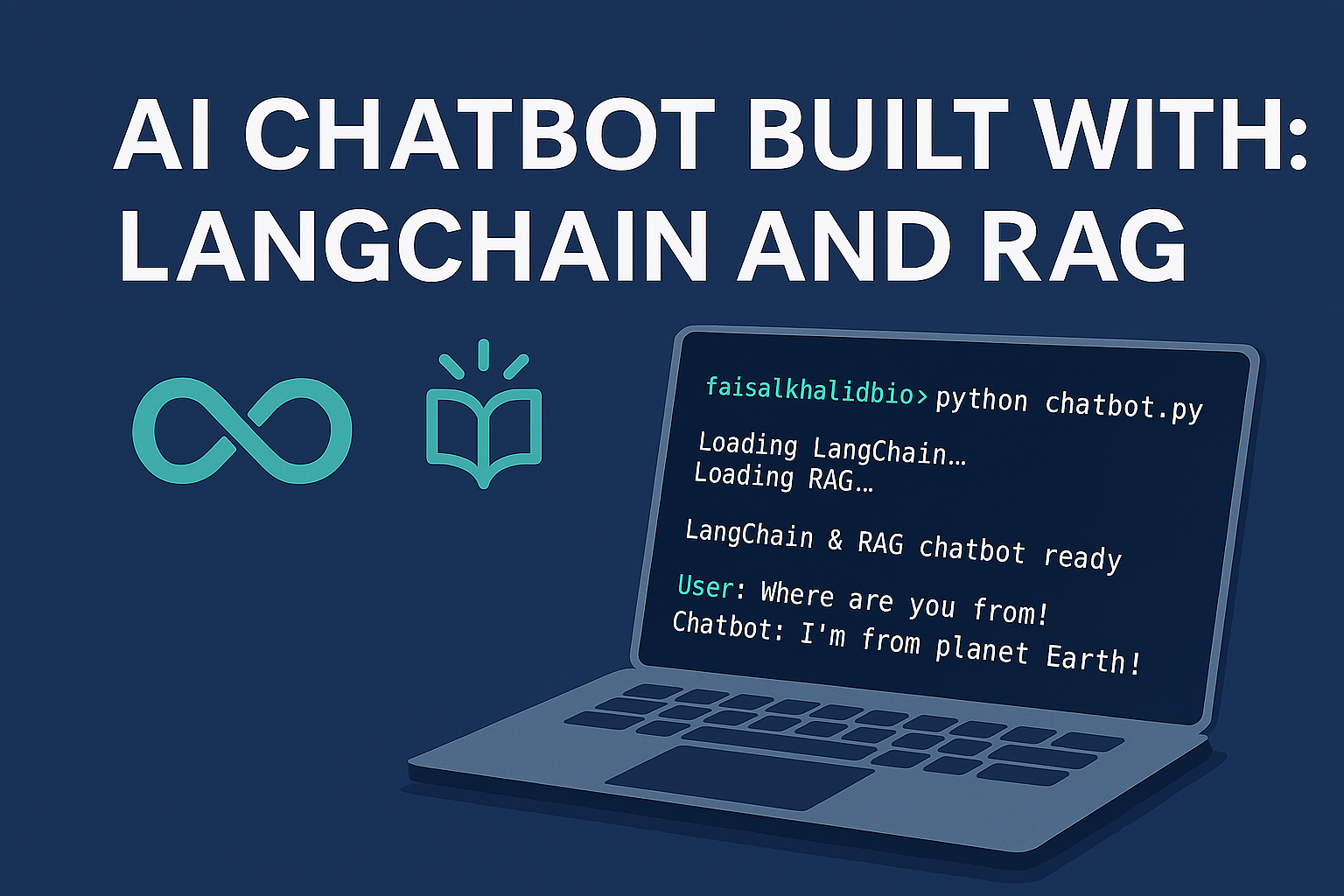AI is evolving from single-shot prompts to autonomous agents that can reason, act, and collaborate. Thanks to tools like CrewAI and LangChain, developers can now build multi-agent AI systems that simulate human-like workflows from research assistants to customer support teams.
In this guide, you’ll learn:
- What CrewAI is and how it works
- Why AI agents matter
- How to set up agents with LangChain and CrewAI
- Real-world examples of AI agent workflows
- Tips for building production-ready agent systems
🤖 What Is CrewAI?
CrewAI is an open-source framework for orchestrating multiple AI agents that can work together as a “crew” to achieve complex goals. Each agent has a role, goal, and toolset and communicates with others in the system to complete tasks.
It builds on top of LangChain, allowing agents to:
- Think and plan
- Access tools (APIs, code interpreters, web search)
- Share memory and data
- Make decisions independently or collaboratively
🌟 Why AI Agents? Why Now?
Traditional AI prompts are:
- One-off
- Stateless
- Single-goal
In contrast, agents can:
- Retain context across steps
- Make decisions based on feedback
- Divide and conquer tasks in teams
- Autonomously execute complex workflows
This opens up AI for task automation, research assistants, code generation, productivity bots, and more.
🧰 Getting Started with CrewAI
Prerequisites:
- Python 3.10+
- LangChain
- OpenAI API or self-hosted LLM (Ollama, etc.)
- Optional tools: SerpAPI, Zapier, Browser toolkit
Step 1: Install CrewAI
pip install crewaiStep 2: Define Your Agents
from crewai import Agent
researcher = Agent(
role="Research Analyst",
goal="Find the latest news on AI regulation",
backstory="An expert in tech policy with a knack for fast research.",
tools=["serpapi-tool"],
)
writer = Agent(
role="Tech Writer",
goal="Summarize research into an engaging blog post",
backstory="A skilled copywriter specialized in AI topics.",
)Step 3: Create a Task Flow
from crewai import Task, Crew
task1 = Task(
description="Research the latest AI regulation updates worldwide",
agent=researcher,
)
task2 = Task(
description="Write a 500-word blog post based on findings",
agent=writer,
depends_on=[task1],
)
crew = Crew(tasks=[task1, task2])
crew.kickoff()Boom — you’ve just created an autonomous AI crew with task delegation and inter-agent collaboration.
🧠 Add Memory & Tools
Agents can use:
- Vector stores for document recall
- Web search via SerpAPI or Tavily
- Python execution (code interpreter)
- APIs and browser actions
CrewAI integrates easily with LangChain’s Tool ecosystem.
💼 Real-World AI Agent Workflows
| Use Case | Description |
|---|---|
| 📰 Content Production | Research → Draft → Editor review → Publish |
| 🧠 Knowledge Mining | Crawl docs → Summarize → Answer Q&A |
| 💬 Support Automation | Agent 1 triages ticket → Agent 2 responds |
| 📊 Market Analysis | Pull data → Analyze → Generate insights |
| 🤖 Dev Assistants | Interpret logs → Suggest fixes → Generate code |
🛡️ Tips for Production Use
- Add logging and timeout failsafes
- Use RAG pipelines for accurate memory
- Limit hallucination via retrieval tools or guardrails
- Fine-tune prompt templates for each agent
- Use Ollama or OpenRouter for local or cheaper models
✅ Final Thoughts
We’re entering the era of AI agents that act like teams. With CrewAI and LangChain, even solo developers can build powerful, structured AI workflows that automate research, writing, customer service, and more.
No more copy-pasting between ChatGPT tabs just let your agents handle it.
